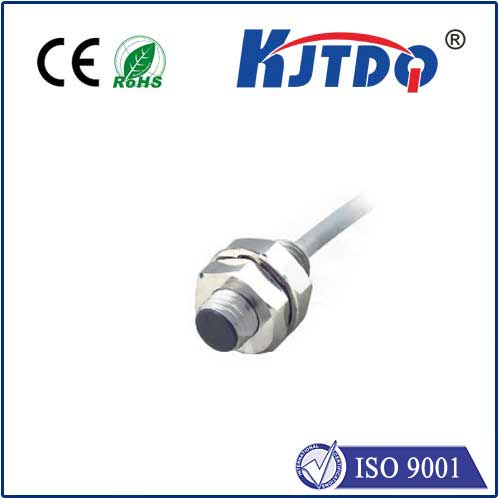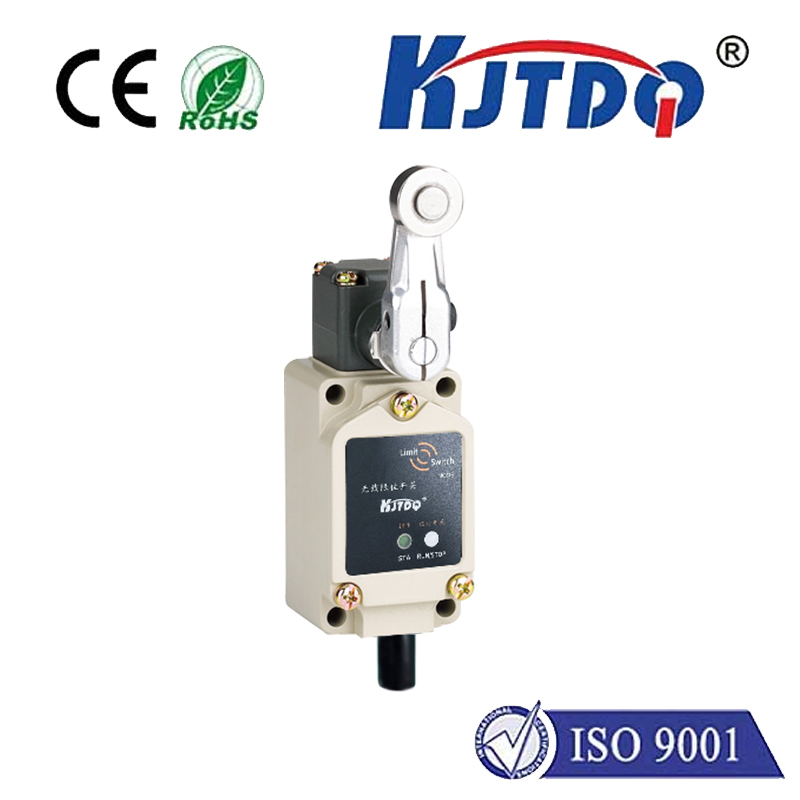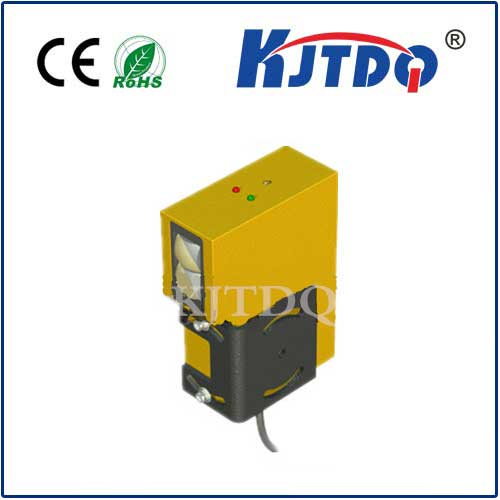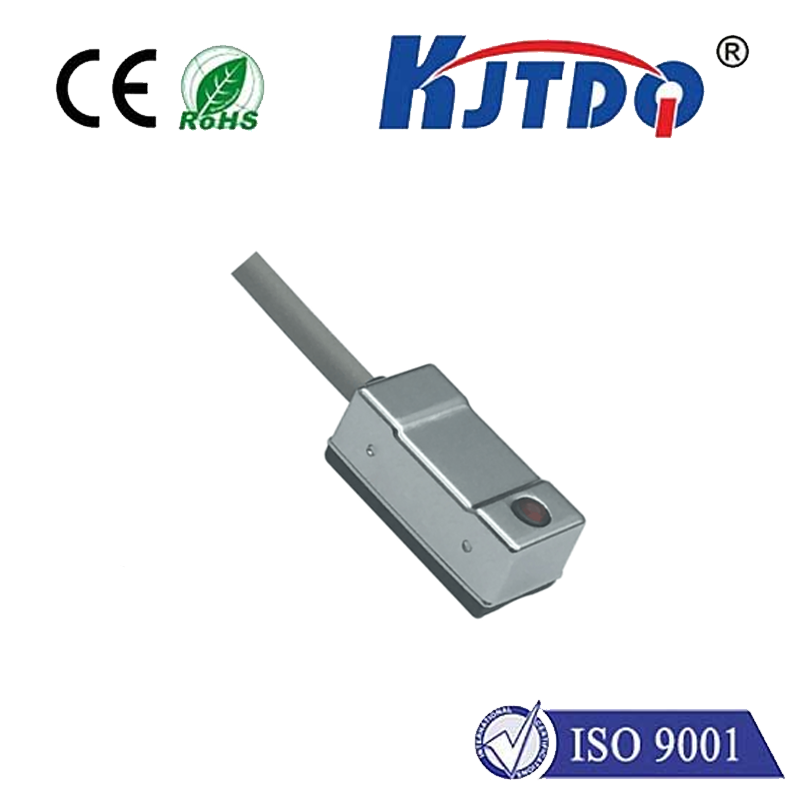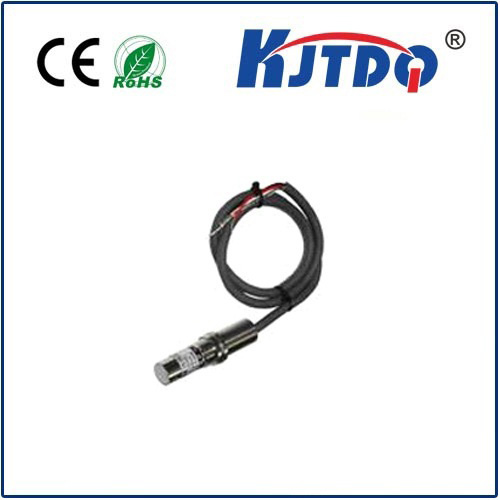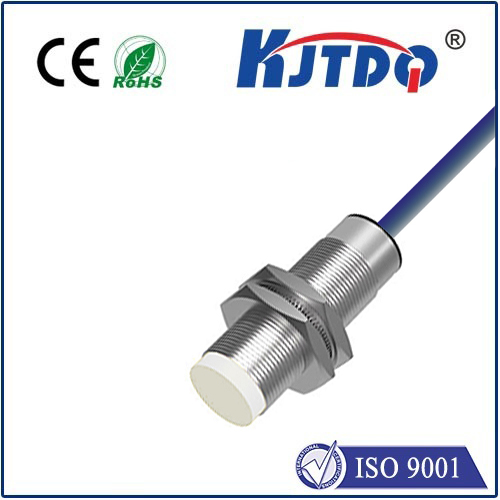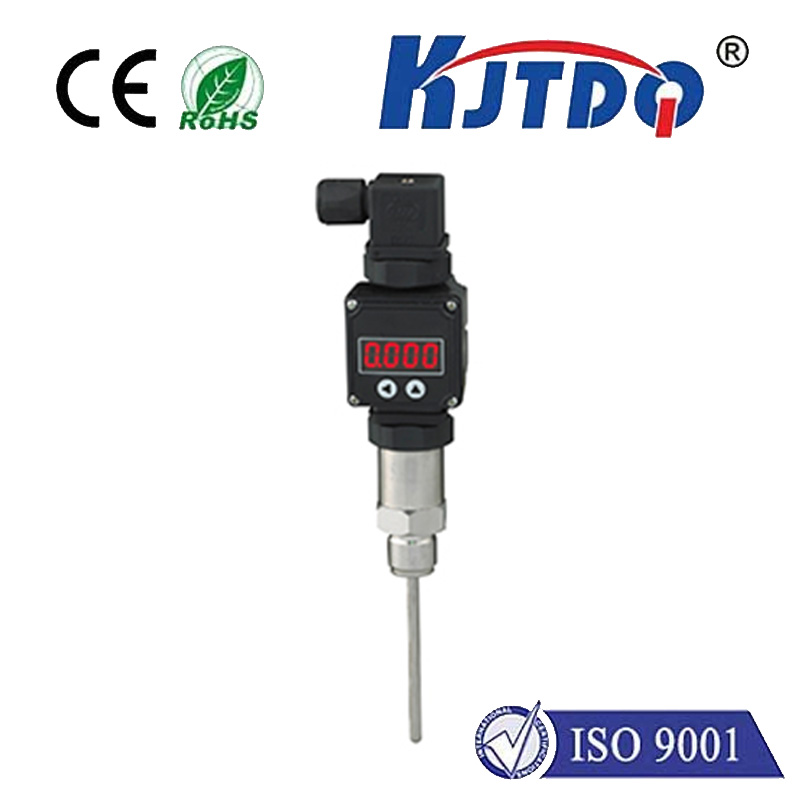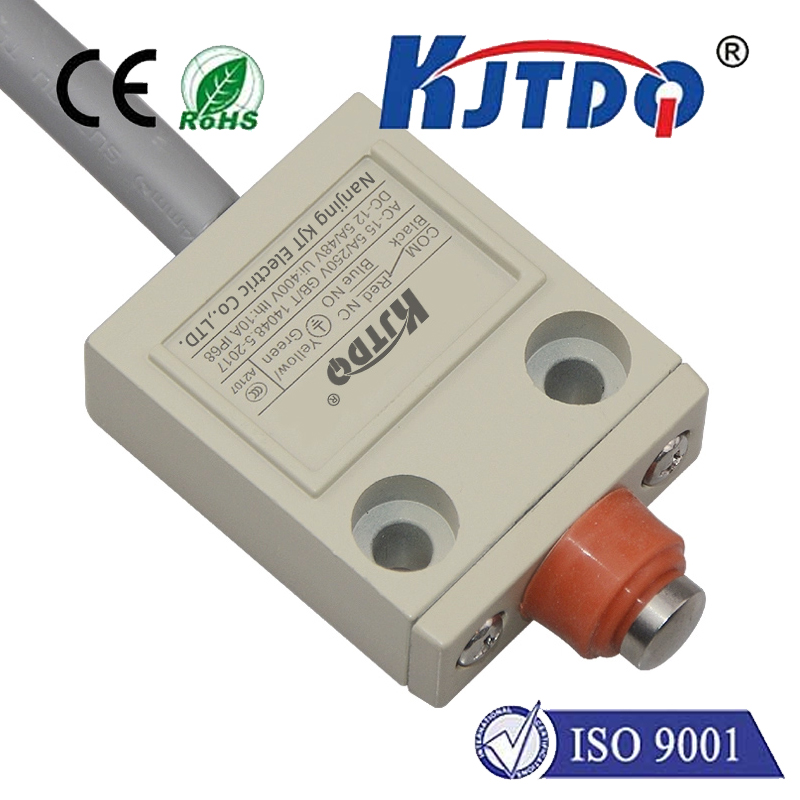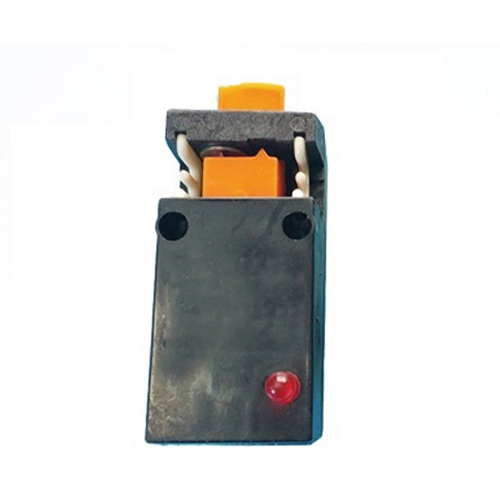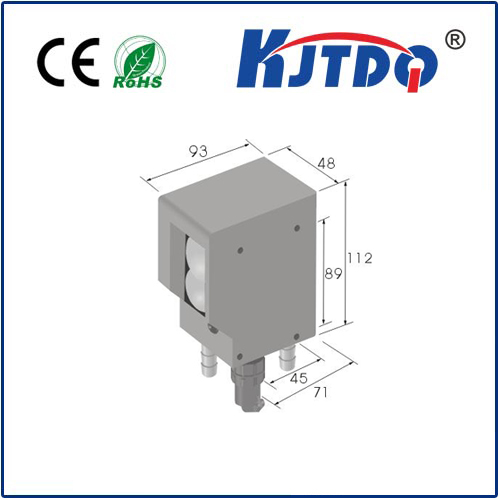тонкий датчик приближения
- time:2025-07-03 01:12:31
- Нажмите:0
Low Profile Proximity Sensors: Minimal Size, Maximum Detection Capabilities
Imagine an intricate robotic arm assembling a smartphone. Space is incredibly tight, components are densely packed, and precision is non-negotiable. Traditional sensors simply won’t fit without causing interference or compromising the design. This is where low profile proximity sensors shine – the unsung heroes enabling detection in space-constrained marvels of modern engineering. These compact powerhouses deliver robust sensing capabilities while occupying a fraction of the footprint of their standard counterparts, revolutionizing applications from consumer electronics to heavy machinery.
So, what exactly defines a тонкий датчик приближения? At its core, it’s any proximity switch engineered with an exceptionally reduced height or depth compared to standard models. While exact dimensions vary by type and manufacturer, they typically range from just a few millimeters to perhaps half the height of a standard sensor. This ultra-slim form factor isn’t just about being small; it’s about unlocking installation possibilities where conventional sensors are physically impossible or impractical to implement. Think flush mounting within thin panels, fitting behind intricate mechanisms, or integrating into sleek, modern product designs where aesthetics matter as much as function.
The magic enabling this miniaturization lies in sophisticated design ingenuity and advanced component integration. Manufacturers leverage:

- Innovative PCB Layouts: Utilizing multi-layer boards with high-density component placement maximizes functionality within minimal volume.
- Miniaturized Electronic Components: Employing SMD (Surface Mount Device) chips and specially selected smaller passive components is fundamental.
- Optimized Coil & Circuit Designs (Inductive): For inductive sensors, creating efficient magnetic fields with shallow coil windings requires precise electromagnetic modeling.
- Thin, Efficient Shielding: Protecting the sensing element without adding significant bulk is a critical challenge addressed through specialized materials and designs.
- Precision Manufacturing: Achieving the required tolerances and reliability at such small scales demands high-precision production techniques.
Common sensing technologies adapted into low profile formats include:
- Inductive Sensors: Detecting metal targets remain incredibly popular. Low profile inductive proximity sensors are workhorses in automation, often featuring shielded designs allowing flush mounting in metal. Their robustness and reliability are unmatched for metallic object detection.
- Capacitive Sensors: Capable of detecting a wider range of materials (liquids, plastics, wood, granular substances) through non-metallic barriers. Low profile capacitive sensors are invaluable in packaging, food processing, and level detection within thin-walled containers.
- Photoelectric Sensors (Miniaturized): Some diffuse photoelectric sensors achieve remarkably compact housings, offering non-contact detection for various surfaces at close range, useful in electronics assembly and mini-conveyors.
The compelling advantages driving the adoption of these compact devices are clear:
- Installation in Ultra-Tight Spaces: This is their raison d’être. They fit where no standard sensor can go, solving critical design challenges.
- Minimized Mechanical Interference: Their small size significantly reduces the risk of collision with moving parts or obstruction within the machine’s workspace.
- Sleek Integration and Aesthetics: Essential for consumer-facing products (appliances, electronics) and modern machinery where bulky sensors detract from design.
- Flush Mounting Capability: Especially crucial for inductive sensors operating near metal surroundings; low profile designs often incorporate effective shielding.
- Weight Reduction: Beneficial in applications like robotics or aerospace where every gram matters.
These benefits translate into diverse applications across numerous sectors:
- Semiconductor & Electronics Manufacturing: Detecting tiny components, PCBs, and wafer positions within highly compact chip fabrication and assembly equipment.
- Robotics (Especially Collaborative & Articulated Arms): Providing end-of-arm tooling detection, part presence verification, and collision avoidance without hindering movement in tightly packed joint spaces.
- Medical Devices: Integration into portable diagnostics equipment, surgical tools, and drug delivery systems requiring reliability in miniature packages.
- Automotive: Used extensively on assembly lines for part verification in confined spaces, within vehicle interiors for seat/console control, and in advanced driver assistance systems (ADAS).
- Packaging Machinery: Monitoring thin films, labels, product levels in small hoppers, or detecting objects on narrow conveyors.
- Consumer Appliances & Electronics: Sensing doors, drawers, moving parts (like blender blades), or user interaction points within slim, modern product designs (e.g., coffee makers, printers).
Selecting the optimal тонкий датчик приближения requires careful consideration beyond just size:
- Sensing Distance: Understand the required operating distance (
Sn). Low profile often means slightly reduced range compared to larger equivalents – ensure it meets your application needs.
- Target Material & Size: Crucial for inductive sensors (ferrous/non-ferrous metal) and capacitive sensors (material dielectric constant). The target size must be sufficient to reliably trigger the sensor at the desired distance.
- Mounting Constraints: Is flush mounting required (often needing a shielded sensor)? What are the precise space limitations (height, width, depth)? Consider mounting hardware options.
- Environmental Conditions: Will the sensor face temperature extremes, washdown conditions (requiring high IP ratings like IP67/IP69K), chemicals, or strong magnetic fields? Choose appropriate housing material and ingress protection.
- Electrical Requirements: Supply voltage (DC/AC), output type (NPN/PNP, NO/NC), and connection method (cable, connector). Ensure compatibility with your control system.
- Performance Needs: Response time might be critical for high-speed applications. Consider repeatability accuracy.
The trajectory for low profile sensing technology points towards even greater innovation. We anticipate continued miniaturization, potentially integrating sensing elements directly into PCBs or structural components. Enhanced smarter sensing incorporating basic diagnostic capabilities or IO-Link communication for parameterization and data extraction will become more common even in compact formats. Furthermore, specialized materials and designs offering extended sensing ranges without sacrificing the low profile will address current limitations. The integration of micro-sensors and perhaps even aspects of MEMS (Micro-Electro-Mechanical Systems) technology could push the boundaries of what’s possible.
In essence, low profile proximity sensors are far more than just scaled-down versions of their larger cousins. They represent a sophisticated engineering solution to the pervasive challenge of space optimization in modern design and manufacturing. By delivering reliable, non-contact detection capabilities within an ultra-compact footprint, they empower innovation across countless industries, proving that sometimes, the most powerful solutions come in the smallest packages. As demands for smaller, smarter, and more integrated systems grow, the role of these miniature marvels will only become more critical.

